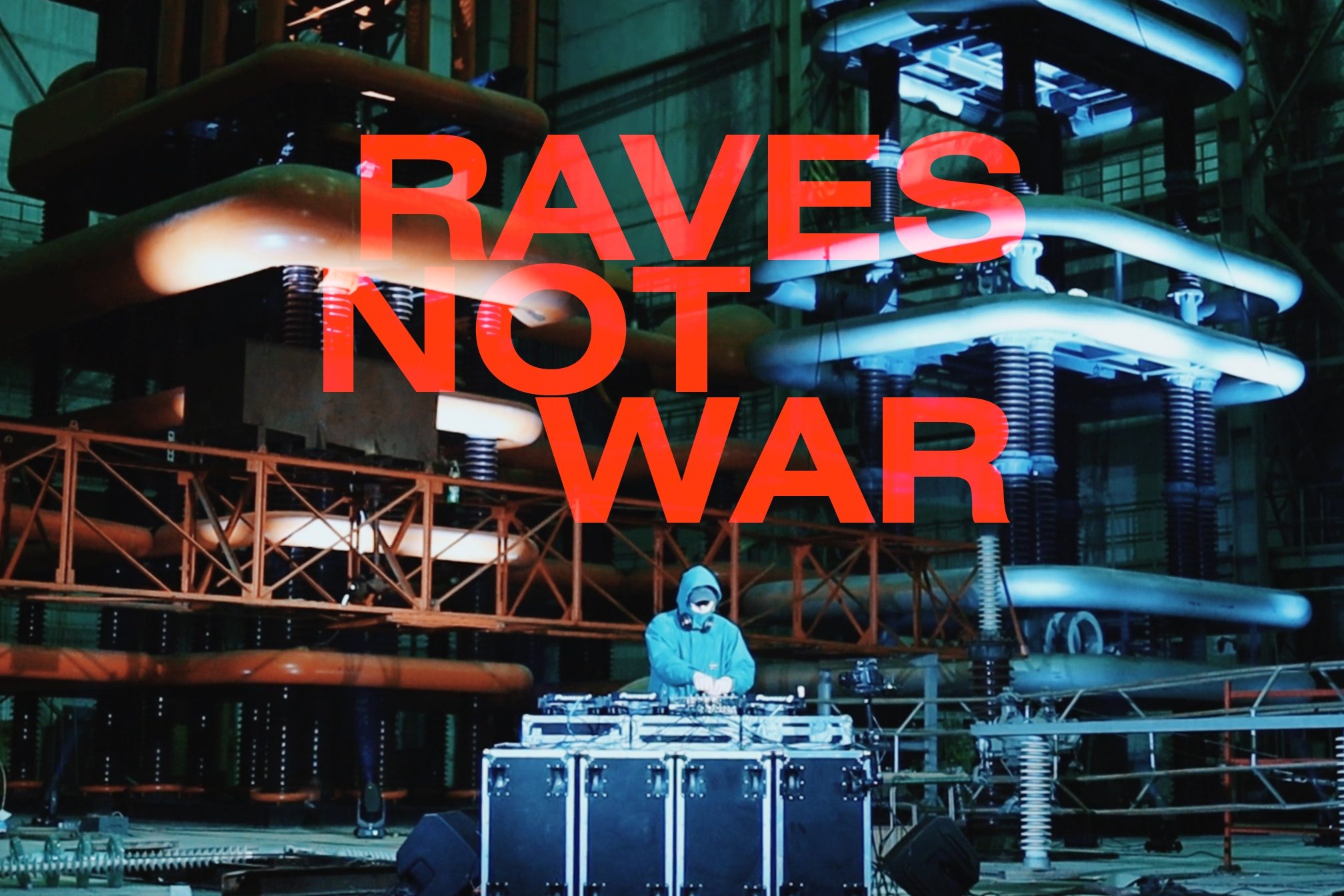 Features
Features
Raves not war: How Shum is building a new future for war-torn eastern Ukraine
Meet the Ukrainian party crew who are redefining a warzone and giving hope to a new generation
Sloviansk in the east of Ukraine was a quiet city until April 12, 2014, when it was captured by Russian-backed separatists. After that the sound of helicopters and gunfire and sirens didn’t stop for three months, with the city placed under siege and eventually retaken by Ukrainian forces.
With a population of 110,000, Sloviansk is a 90 minute flight east of Kyiv and a four hour drive from the Russian border. It was the first city to be taken over in the 2014 conflict so has always been closely associated with the war. But in 2019, sick of the ringing silence and sense of despair, a crew of youngsters decided to change that narrative by throwing a rave.
They called it Shum - which means ‘noise’ in Ukrainian - and held the first party in an abandoned building, empty for so long dust had settled like carpet on every surface. They partied until the early hours, emerging at 7:AM so caked in debris that onlookers might have suspected a zombie apocalypse. Since that first night, Shum.Rave has grown into more than a party - it’s become a platform for eastern Ukrainian youth to build a future.
Read this next: How Cxema parties are changing the face of Ukrainian electronic scene
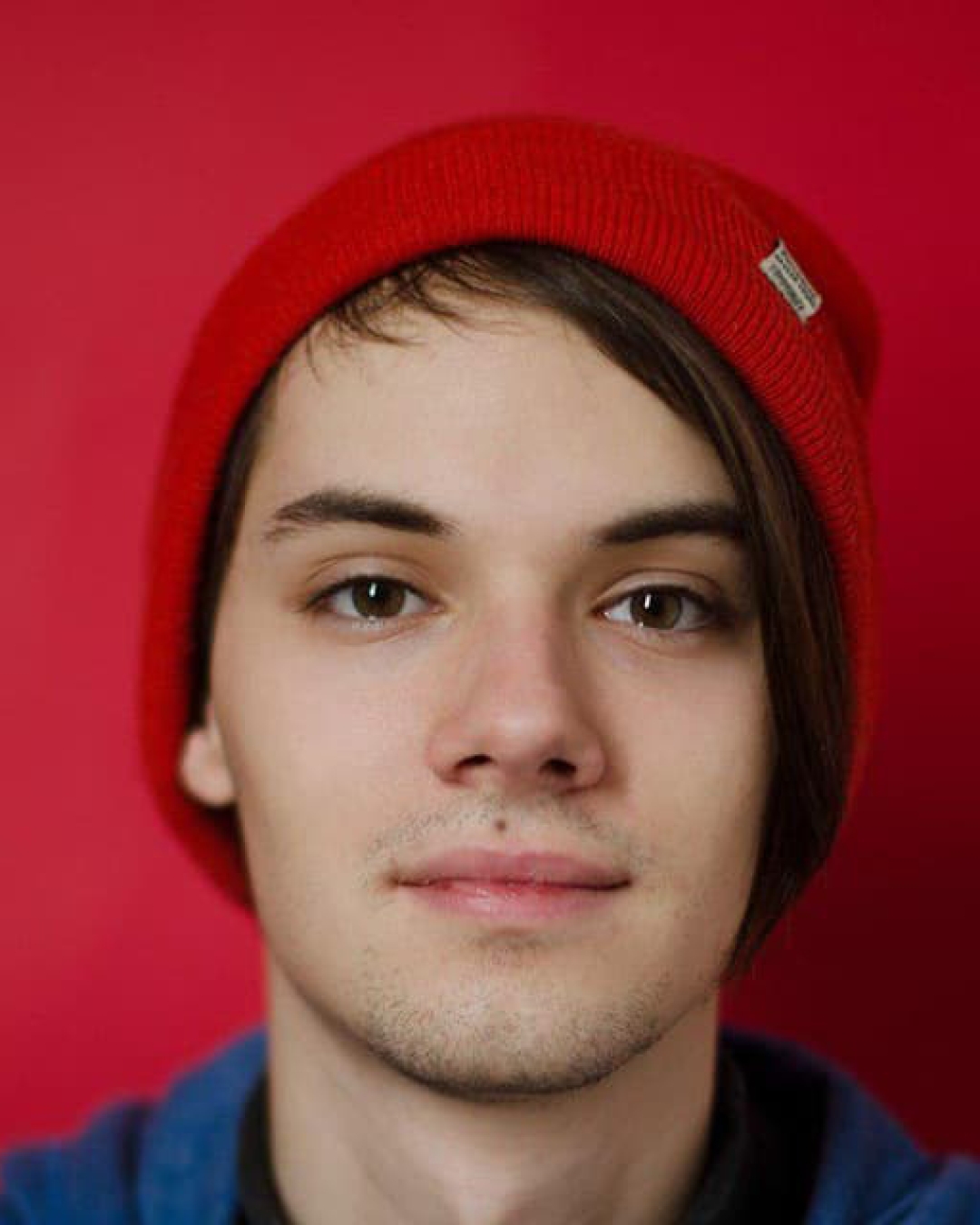
ZHENIA
Eugen Skrypnyk, or Zhenia to his friends, always says he created Shum.Rave out of love. Love for his friends, love for his hometown and love for the region of eastern Donbas.
Zhenia was 16 when the gunfire began. His family fled to the Dnipropetrovsk region, about four hours away by car, so Zhenia could finish school and apply for college. His father stayed behind to guard the house, but the city was so heavily bombed his father soon had to join them. Not long after, Sloviansk was liberated by Ukrainian forces and Zhenia and his family were able to return home.
But there wasn’t much to come back to. The city had been levelled. More than 13,000 people had died, and many were too scared to return. What had been a quiet town was now completely silent. Zhenia soon became active in rebuilding the city and its culture - he worked with organisations to re-plant the city gardens and helped organise a local festival called Plan B, ‘a celebration of humanism and creativity in Ukraine.’
“There was no nightlife in Sloviansk,” Zhenia says. “Everything closed at 10:PM, and the parties had pop music and there were always fights.” His close friend, Ira, told him she wanted a place to dance all night, to stop the silence, so she could escape her thoughts and get lost elsewhere. Zhenia will do anything for his friends.
Tickets to the first Shum.Rave cost €3. “200 people came, which is pretty good for our region because people don’t usually travel here. But people came from all across the Donbas region - they booked accommodation and bought tickets and danced with us.”
Although Zhenia’s taste for techno took form while organising festivals, he feels he’s drawn to it for another reason, too. “There was a terrorist checkpoint near my house,” he says. “And there was shooting every night at 4:AM. This sound - boom boom boom - it’s why my brain chooses hard techno music. When it comes from guns, it’s scary. But when it comes from music, and it’s a safe space with good people, I feel free.”
Read this next: "A little magic world": How Strichka turns Closer into a party of endless discovery
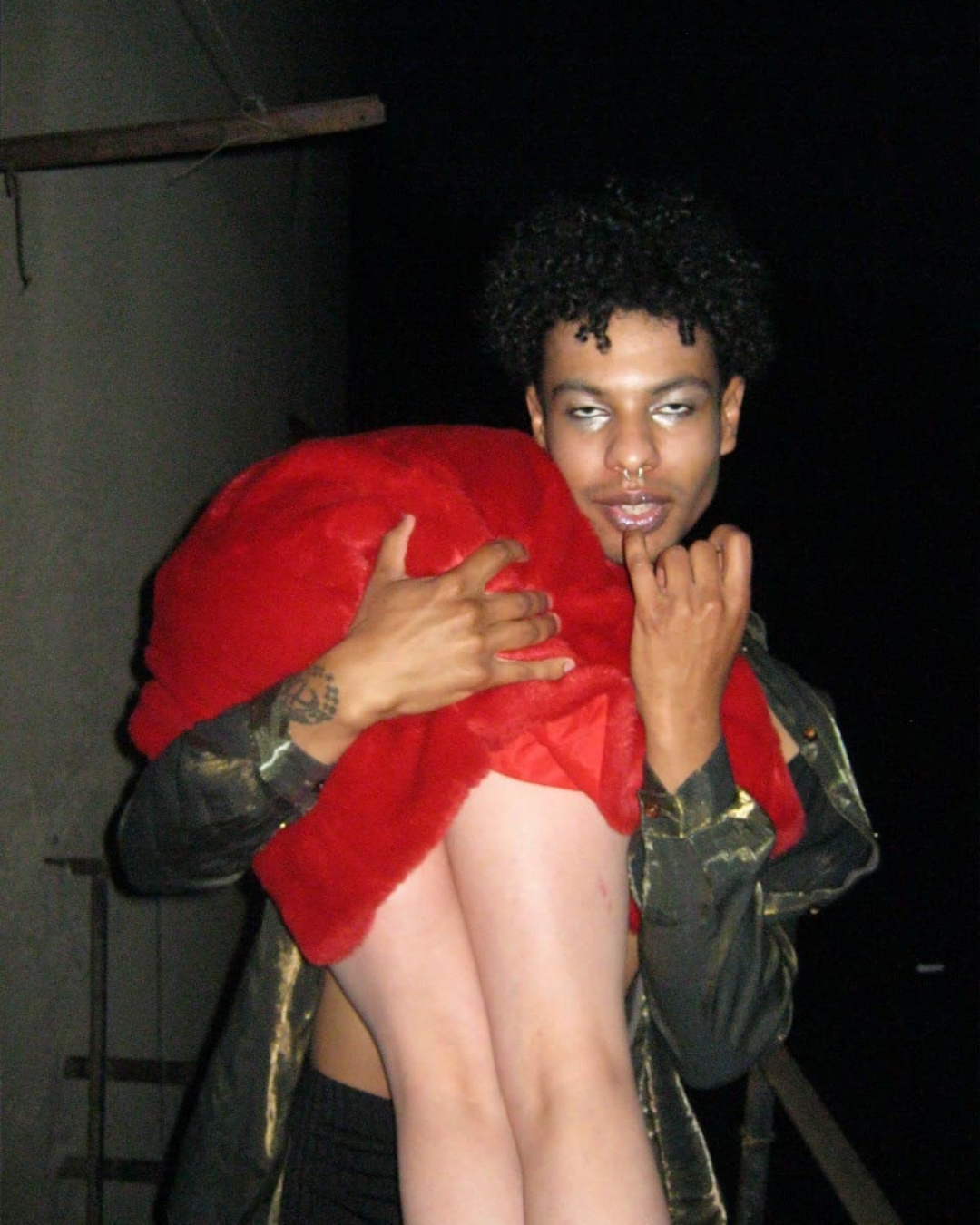
PANGHOUD
Mark Panghoud is from Kharkiv, the second largest city in Ukraine and a two hour drive from Sloviansk. The city’s always had a thriving nightlife and its National University of the Arts attracts creative talent from across Ukraine. That’s where Panghoud studied music.
“[Kharkiv] was impacted by the revolution,” Panghoud says. “There were lots of soldiers present, but no war itself.” Panghoud credits Kiss FM and BBC Radio 1 for his music taste which blossomed at school. “They played dance music and I listened to it throughout my whole childhood.” When he turned 22, Panghoud started DJing at clubs in Kharkiv and launched his own party, Sobraniye, a play on the Russian word ‘together.’
Panghoud incorporates elements of drill, sadcore, 160 BPM sounds and post-punk into his productions and mixes. His style is indefinable which is why Zhenia asked him to play Shum. The crowd’s taste is as wide-open and eclectic as Panghoud’s selections so from the first night he played, he fit right in.
“It was a real rave,” Panghoud says. “The venue was this huge, dusty, concrete construction. It was a real techno venue.” Panghoud’s allegiance with Shum continued throughout 2020, with Zhenia harnessing his platform to raise money for local causes. Panghoud played a livestream in April to raise money for a friend whose mother had cancer.
“I’d heard of Sloviansk before the parties, but Shum totally redefined the place,” Panghoud says. “Before, nothing was happening there. Nothing. But Shum.Rave put Sloviansk on the map.”
Read this next: The New East: Kazakhstan's underground is on the map
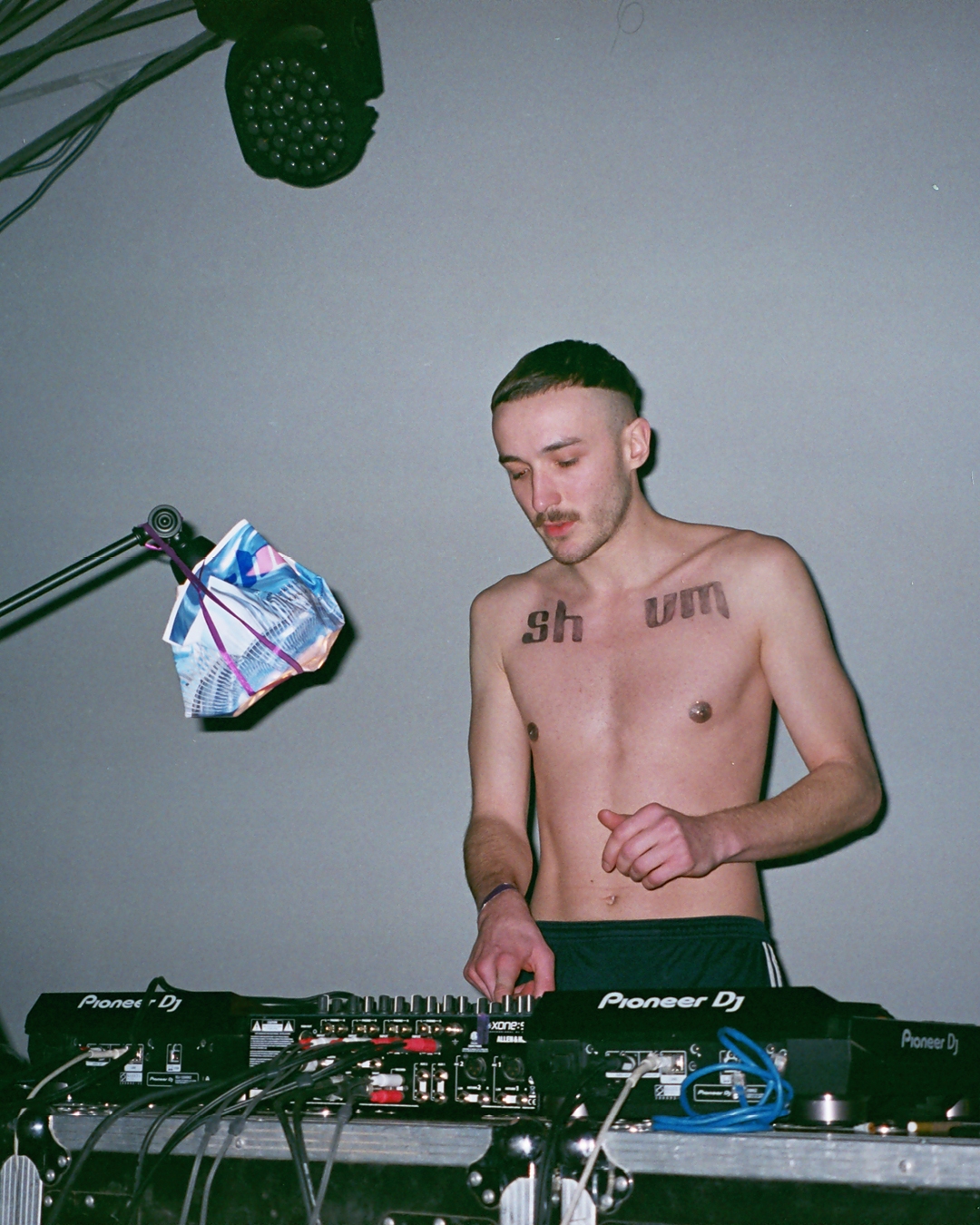
BE_CA_DI
Be_Ca_Di AKA Svitlov Dmytro has been a Shum resident since November 2019. He was born in Kharkiv and moved to Germany as a teen, but his connection to Ukraine remains. “I want to be part of creating a new reality in my home country,” he says. “It’s important to show that Ukraine, with all its problems, does have possibilities for young people.”
Listen to Be_Ca_Di’s latest ShumCast and you’ll hear techno, ambient and minimal tracks with Russian vocals littered throughout - a constant reference to the political complexity of his home country. Dmytro’s currently studying music in Nuremburg and, COVID-allowing, travels back to Ukraine to play with Shum whenever possible. “I bring my European experience of organising parties to Shum,” he says.
Dmytro has the unique perspective of watching Shum develop from the outside, and despite extensive experience promoting and playing in Germany, feels like Shum has more of an edge than any other party in Europe. “Everything’s already established [in Germany] - but Shum happens in a small town where there's never been music before.”
Dmytro played at the last Shum.Rave in February 2020 and says it was the best experience of his life. “It’s my home and I felt this immense connection with the crowd,” he says. On this occasion he DJed, but he usually plays live. “It’s about exploring new horizons with my audience. [Playing live] is more flexible. I can react to my inner world and work with my audience in a more precise way.”
Svitlov says Shum has built a creative community where young people can realise projects and make contacts. “New things always arise after their parties,” he says. “The frontier needs Shum.”
Read this next: Protest through DJing: Meet the artists putting Georgia on the electronic music map
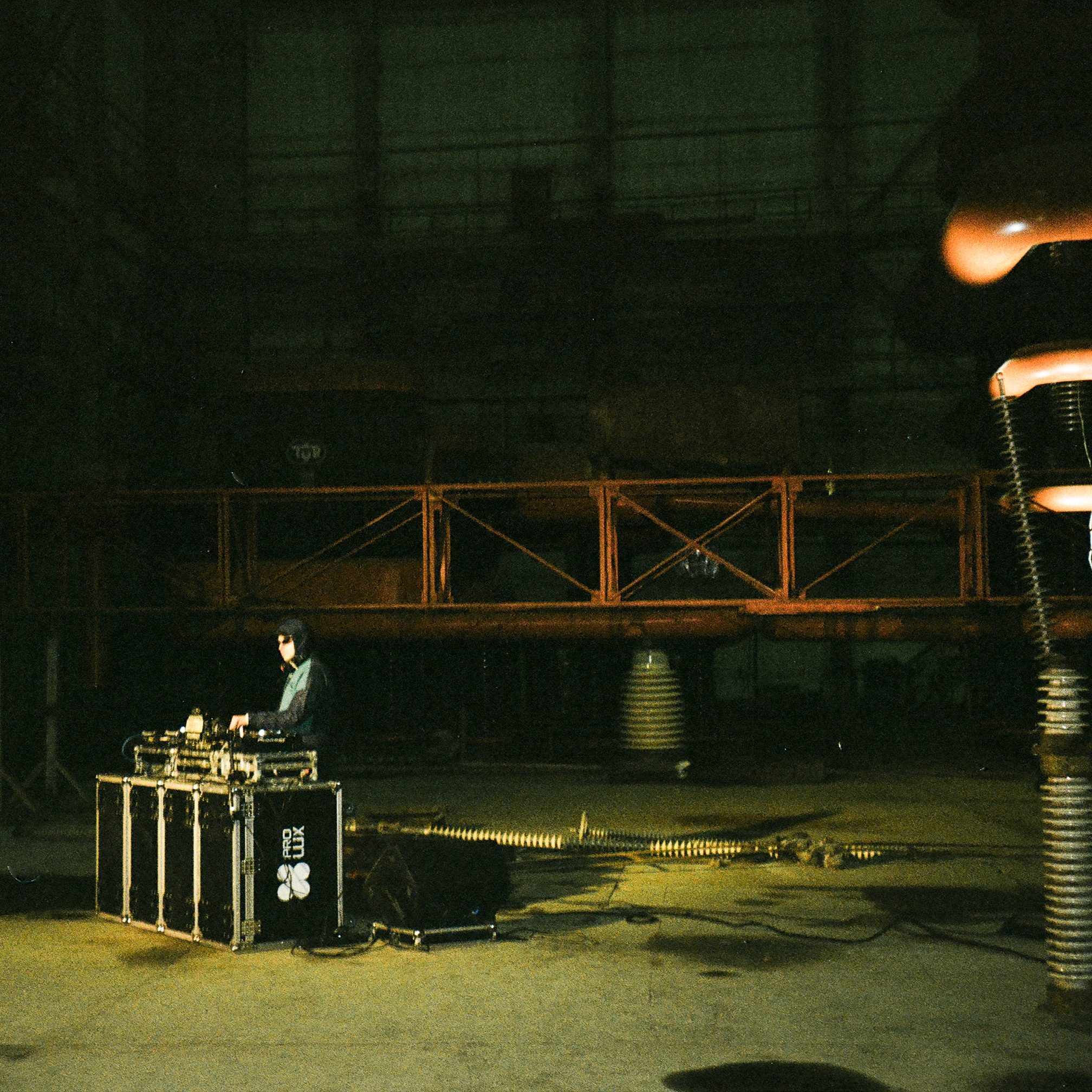
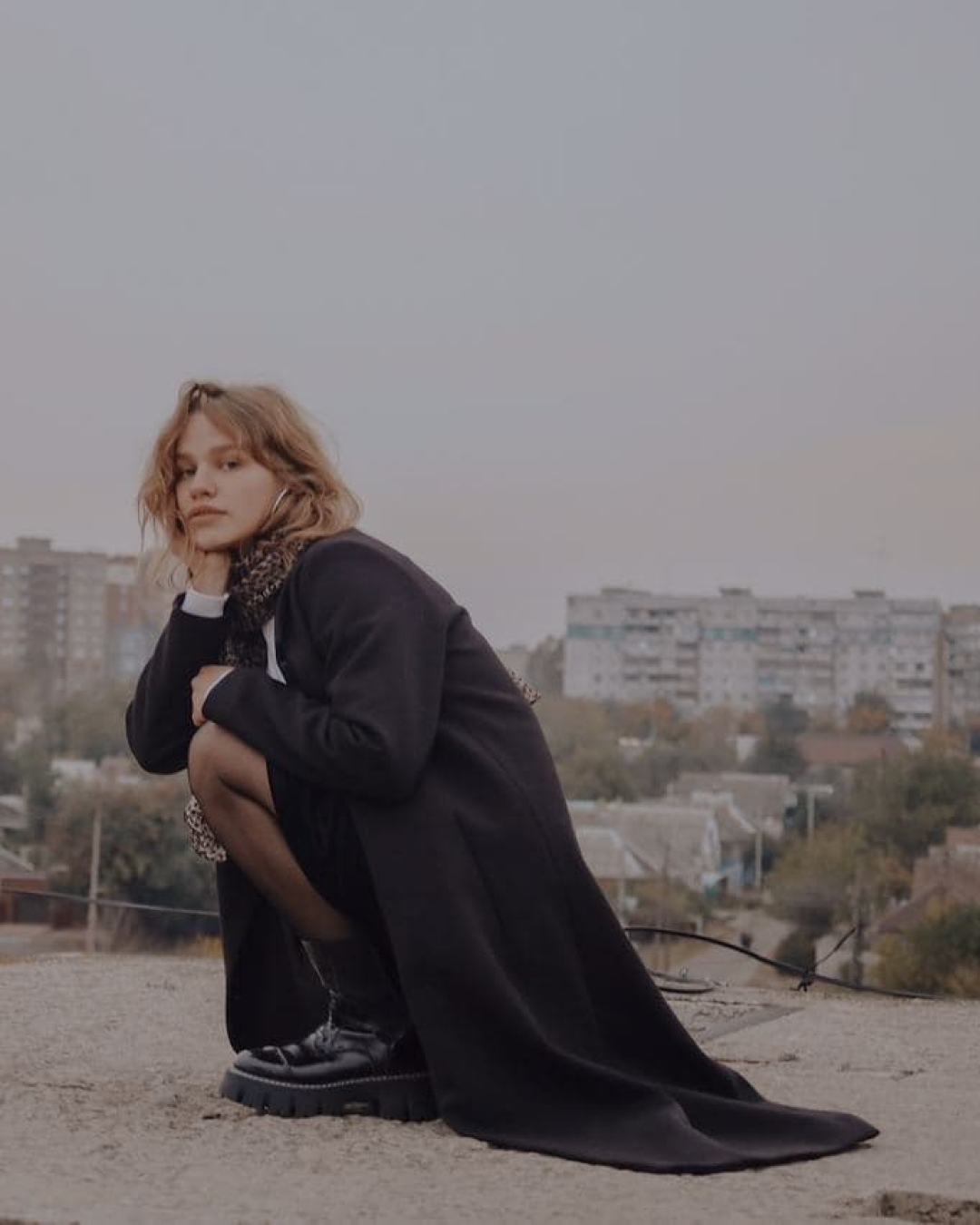
IRA
Zhenia calls Ira his muse, because she’s the one who asked him to throw a party to drown out the silence. “His type of love isn’t like most people,” she says. “He creates stuff specifically for his friends to fit who they are as people.”
Ira runs PR and social media for Shum.Rave and is currently learning how to DJ with the hope of making her debut at Shum. “I like ambient and dark techno, and vogue. That’s Panghoud’s influence - he integrates vogueing into his tracks.”
Ira’s 21 now and was 15 when her home city became a war zone. She says she fell in love with rave on weekend trips to Kyiv. “I liked how everyone dressed however they wanted to. I felt free.” Ira moved to Kharkiv when she was 18 to study. There she helped organise parties at Kultura Zvuka, a vault-like 300 capacity club that hosts international DJs alongside local talent. The venue doubles up as a music school, cultural space and studio for local artists.
Read this next; Krakow's dance music scene is thriving
One evening in 2019, back home in Sloviansk, Ira told Zhenia how she felt about the silence. That conversation led to the creation of Shum.Rave. “Shum isn’t just a party for people to attend,” she says. “It’s something different. People come to dance and then they decide to start DJing and they join the team and are able to realise their own projects. So Shum is a place to fulfil your ambitions and express yourself.”
Ira’s proud that Shum has shown young people they have a future in Sloviansk, and that people all over Ukraine are talking about it. “It shows them they too can create something and they can succeed.”
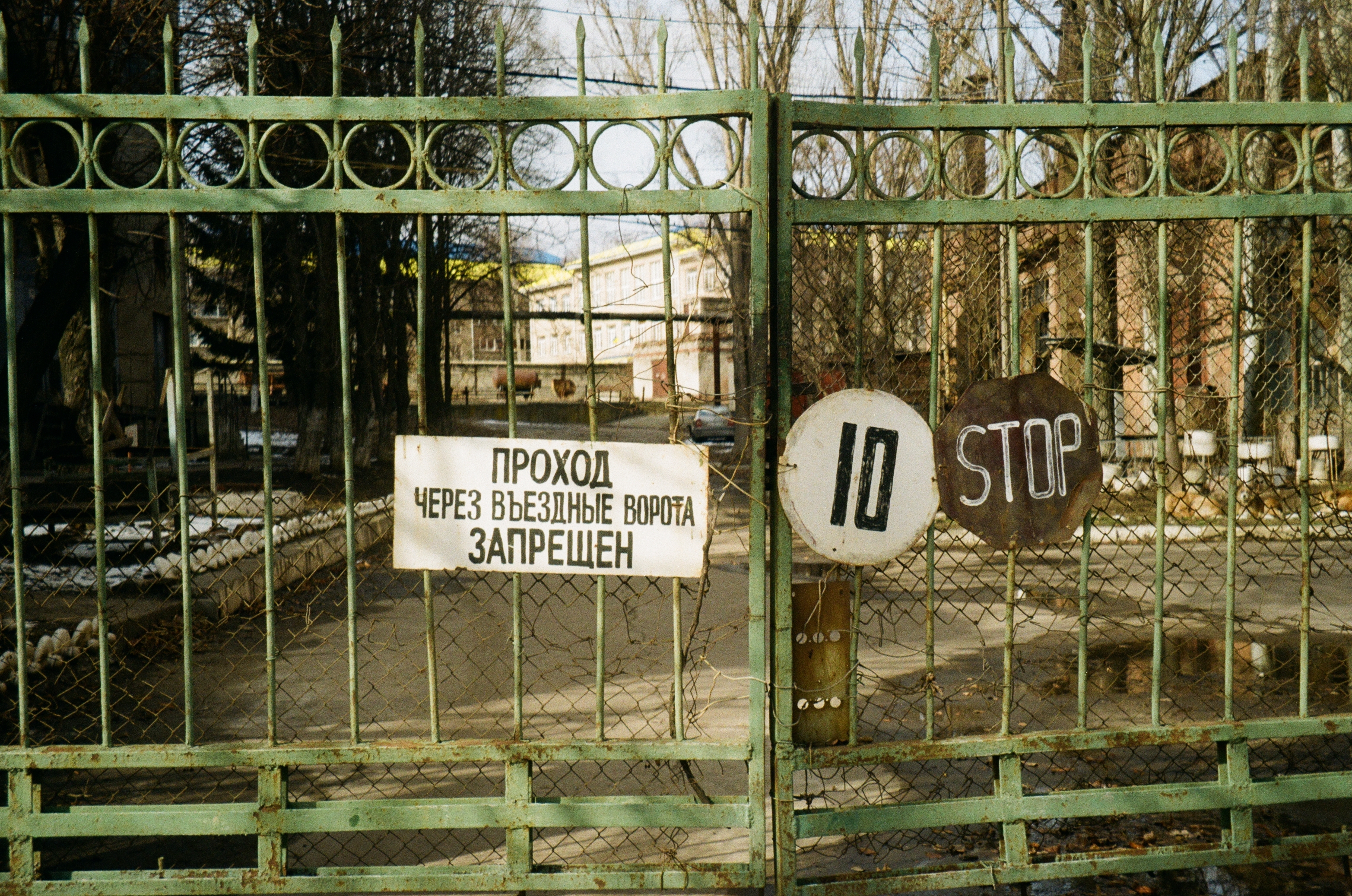
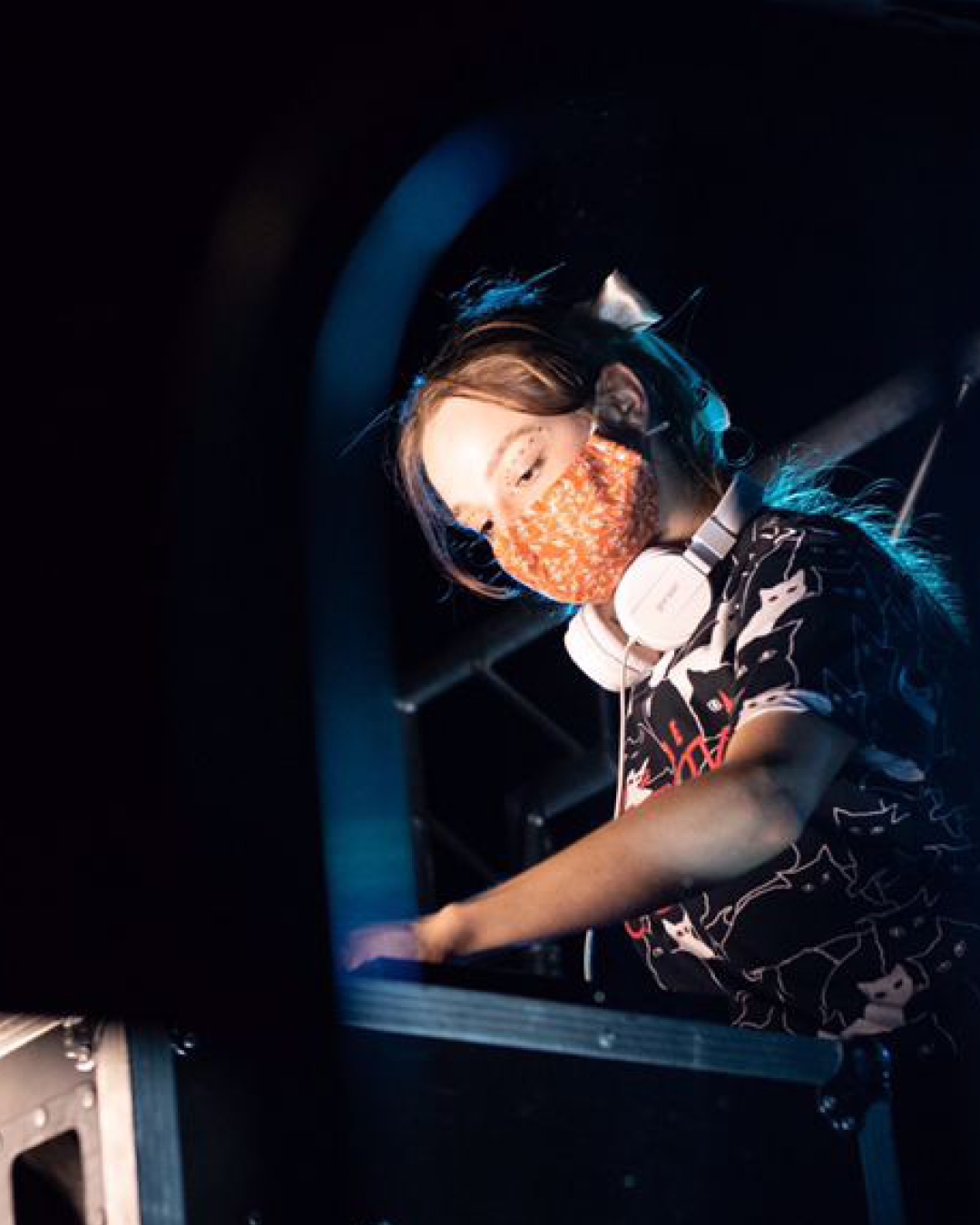
JMDASHA
JmDasha is from Donetsk, the largest city in the disputed Donetsk region with travel warnings unrelated to COVID. Dasha loved growing up there. She was a contemporary dancer on Ukraine’s national team and went to Kyiv in 2014 for a championship. When she came home her world had disappeared. “When I would go out onto the balcony, I would see helicopters flying at the level of our windows. I’d be drying my clothes and a man with a machine gun would fly by on a helicopter.” She was 14 at the time.
“It was overwhelming. There was so much going on. For me I remember the noise of the TVs. Too much news about it all. [My] life [had] been split into before and after. Before I would dance, go to school, and everything was fine. But after you go out onto the street and you’re always being accompanied by someone and always being checked to make sure you made it to where you were going.”
Dasha’s DJ mixes are hard and fast like gunfire, combining elements of techno, electro and breakbeat. Her music taste is deeply influenced by the Shum family and there’s a brightness to her style that shines through despite the challenges she’s faced in her short life. But if there’s one thing war makes you, it’s resilient.
Instead of resenting COVID, she’s taken the opportunity to hone her production skills. “I will always love [production], and COVID has been a cool possibility to try something new and think about myself and what’s inside. What I want to try, find and do in music.”
Read this next: The year of no gigs
Shum has changed perceptions surrounding the Donetsk region. “Now people think of culture, music raves - not war. And I can be myself there. If I want to make photos I can make photos. I can ask Zhenia and he’ll say ok - do it. Shum is family. It’s home.”
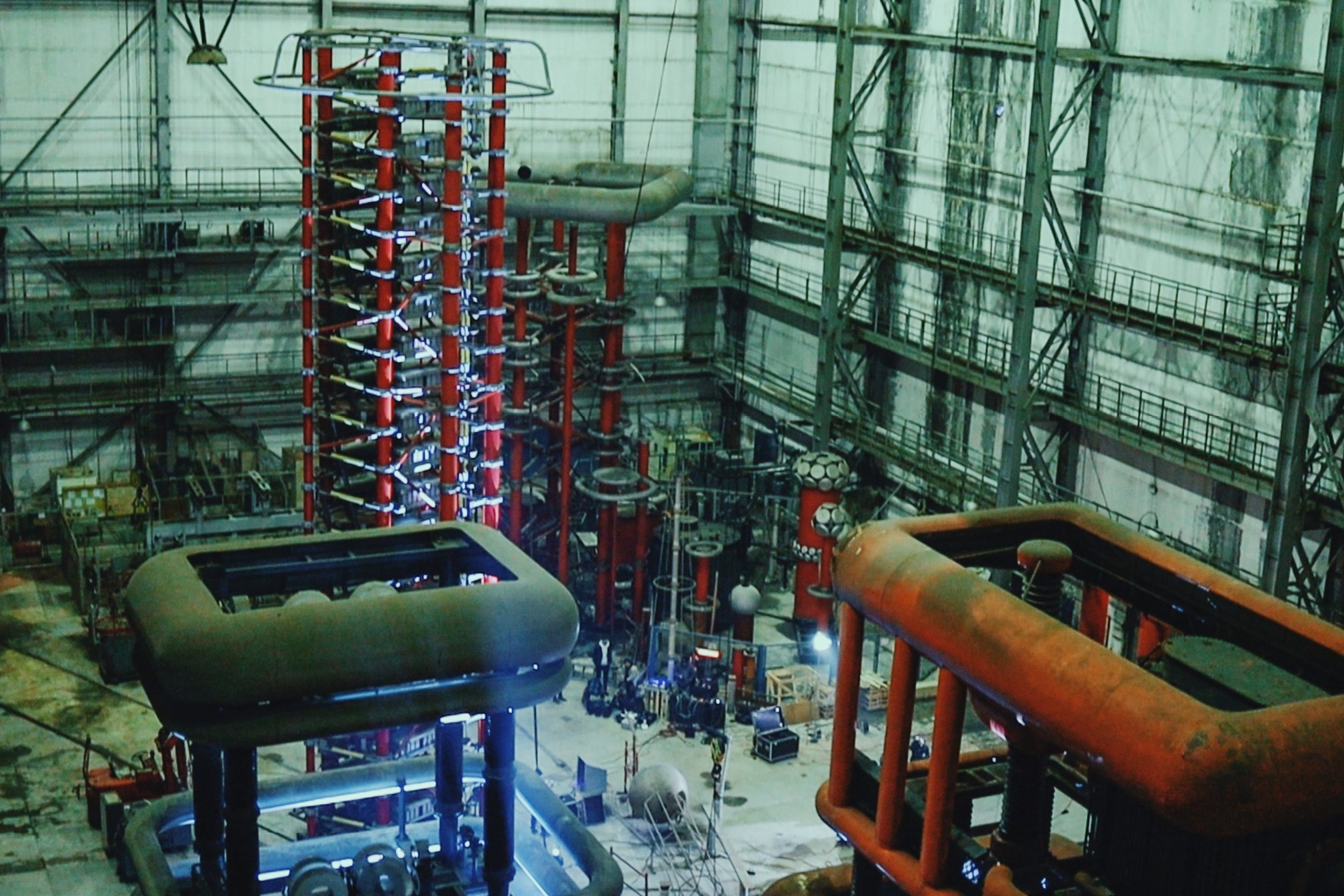
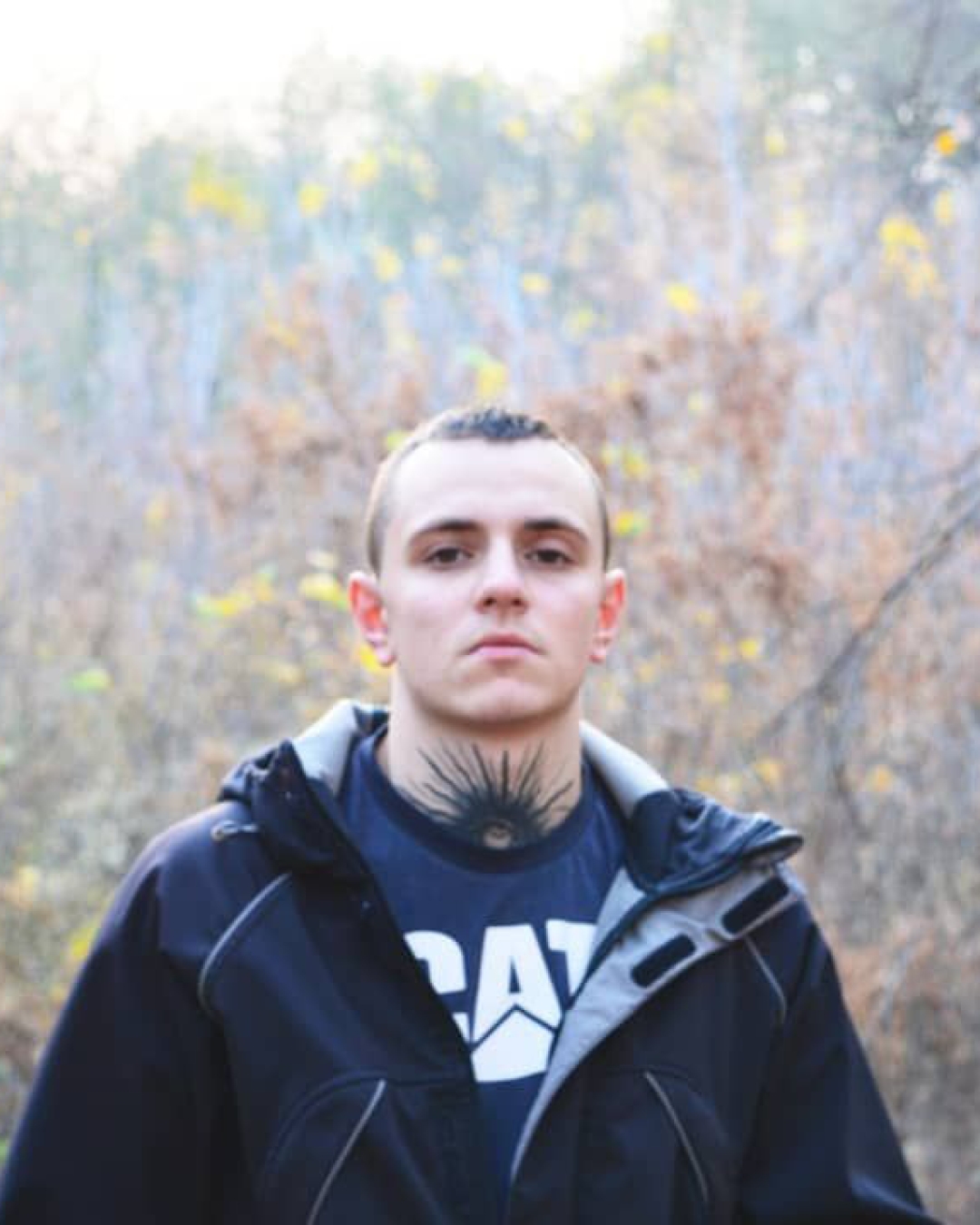
CREMATORIUM
Crematorium, AKA Vova, grew up in the city of Sievierodonetsk, a 90 minute car ride from Sloviansk. The town was captured in May 2014 by pro-Russian militants when Vova was 18. “I live here still,” he says. “I want to stay and help people realise their ambitions within my community.”
Vova’s been involved in Ukrainian underground culture since he was a teen, when he trained as a tattoo artist and danced to local heroes Sirakusy, NFNR and Mussalina. He began DJing and producing in 2019, and became well known on VK - a Russian social media network that’s now banned in Ukraine as part of sanctions against Russia.
But the youth quickly switched to Telegram, which is how Zhenia invited Crematorium to play at Shum.Rave. “Shum is special because it collects the energy of all the people in eastern Ukraine, from all the cities, so we can be together in one place,” he says. “People are used to gunfire. It’s not special. It’s war, but we’re used to it. All I want for my future is to stay in Sievierodonetsk and do what I do now. I want to play slow, psychedelic music and make tattoos and help Ukrainian culture.”
Vova says there’s no end to the conflict in sight. A change in Russian leadership might change the circumstances in Ukraine, but for now his community will continue to adapt and live through this politically volatile landscape. And as long as he’s got skin to tattoo and people to play to, he’s happy.
Read this next: Brave! Factory brings a vibrant and free atmosphere to a forbidding industrial location
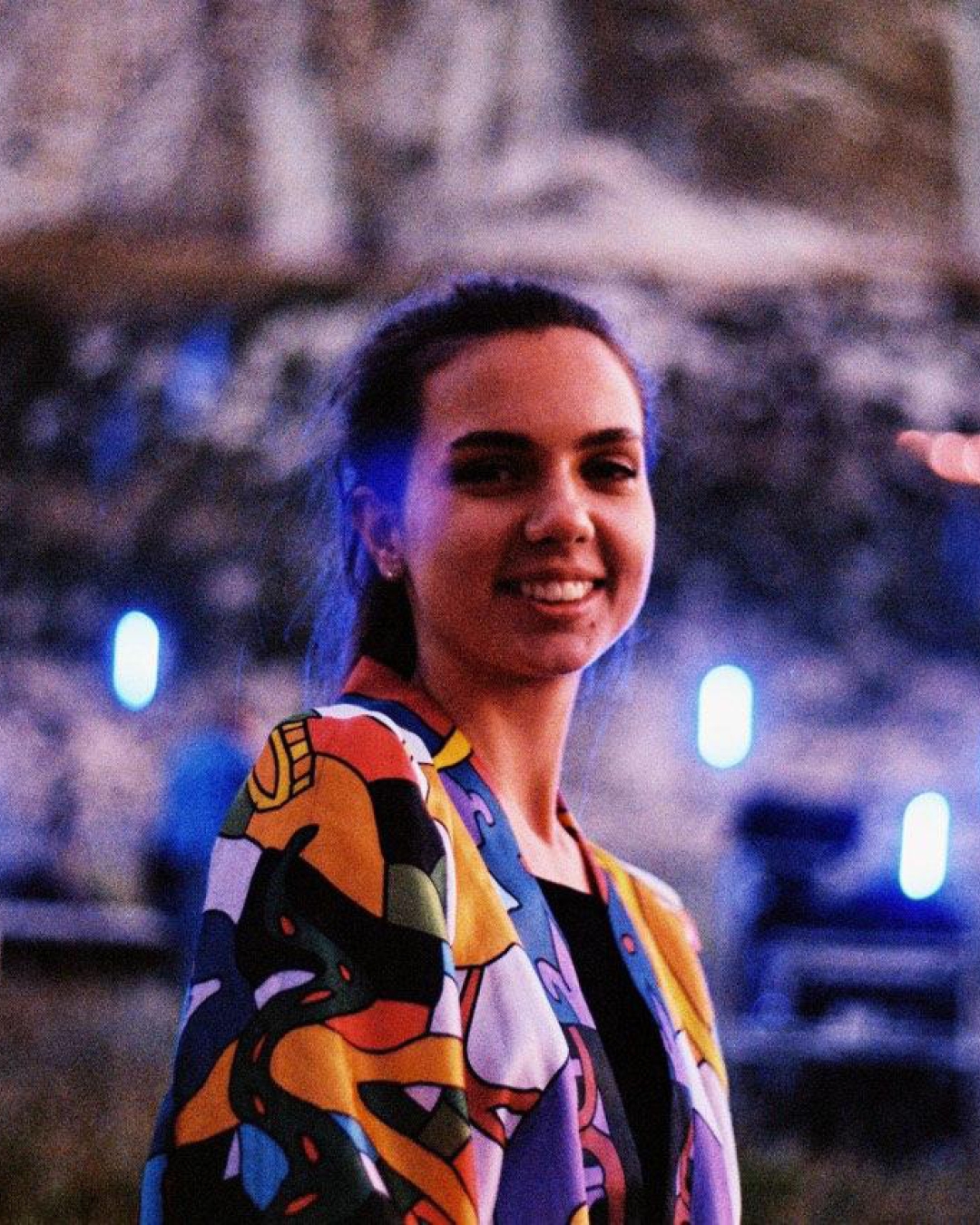
PODRYZHANYA
Podryzhanya, 24, is a Shum resident from Kharvkiv, and somewhat of a cultural ambassador for the Donbas region. The parties might have stopped last year, but Shum’s mission continued. In June 2020, the team received funding from the UN Recovery and Peacebuilding Program. The crew were asked to promote techno culture in eastern Ukraine alongside its breathtaking natural beauty. Podryzhanya played a one hour set in front of the Belokuzminovka Mountains in Donetsk Oblast, dwarfed by the gargantuan rock formation looming behind her.
Podryzhanya is musically influenced by her grandfather, who played her rock ’n’ roll when she was young. “He died three years ago and that’s when I decided to start playing and making music. He’s my biggest influence.” Podryzhanya’s musical taste sits firmly within the techno realms but her sets have an ethereal, otherworldly quality, as if she’s not just immersed in the music but transported by it. “I like hypnotic, deep techno so my soul can be free,” she says.
Podryzhanya met the Shum crew three years into her DJ career through Instagram. “Because of Shum, people don’t associate Sloviansk with war. They associate it with culture. It’s amazing, it’s crazy. People from Kharkiv and Kiev come to Sloviansk for Shum:rave.”
All Podryzhanya wants for the future is for Shum:rave to be known in every city in Ukraine. But with this crew of bright souls behind the wheel, there’s no doubt word of Shum will travel far beyond Ukrainian borders.
To support Shum.Rave, donate to their Patreon
Alice Austin is a freelance writer, follow her on Twitter
Read this next: "Our music scares Nazis away": How Poland's DJs became activists fighting for LGBTQ+ and women's rights


